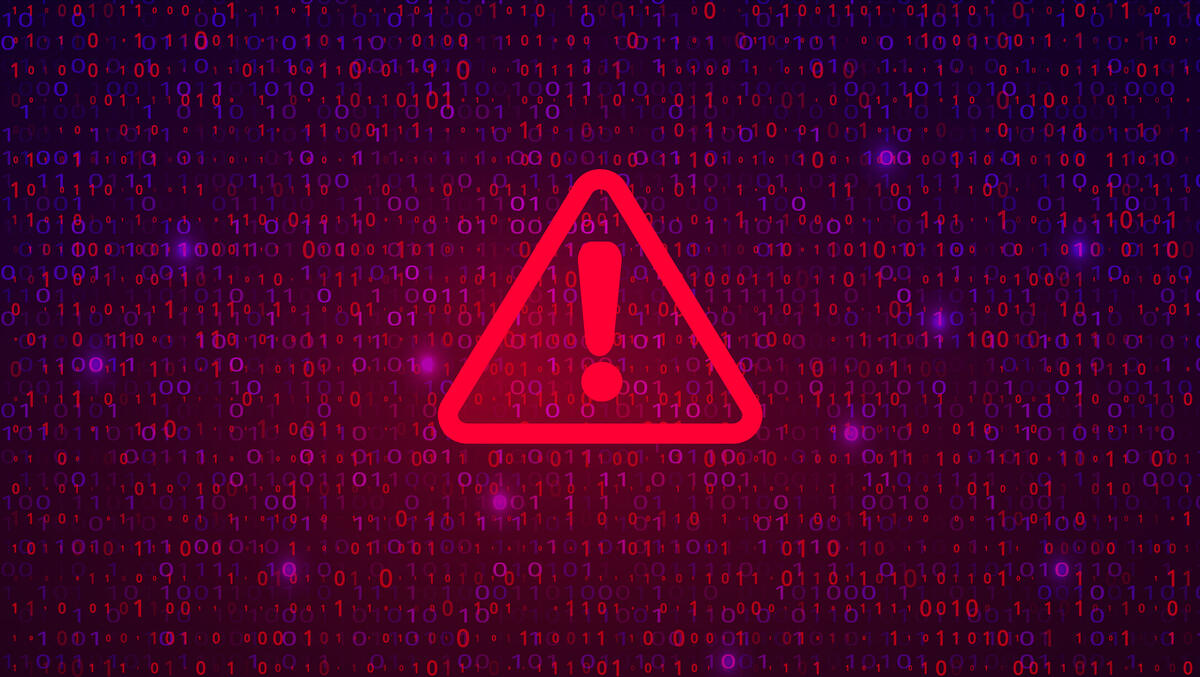Why Power Management Should Be In Your Cyber Protection Plan

As devices get smarter for convenience and ease; it is important to properly secure these devices to protect against possible cyberattacks.
Courtesy of Getty Images — Credit: gopixa
When it comes to cybersecurity, safeguarding power equipment may not always be the first thing IT professionals have on their checklist. Yet hackers are relentlessly exploiting new devices in innovative ways and vulnerabilities are emerging that may not have been previously considered. The ability to eliminate these vulnerabilities is becoming more and more critical.
In this article, we’ll explore why cybersecurity threats are on the upswing, unique ways hackers are exploiting data and the digital and physical perspectives on how to protect critical information. As devices get smarter for convenience and ease; it is important to properly secure these devices to protect against possible cyberattacks.Courtesy of Getty Images — Credit: gopixa
As devices get smarter for convenience and ease; it is important to properly secure these devices to protect against possible cyberattacks.Courtesy of Getty Images — Credit: gopixa
Interconnectivity Challenges: 5 Examples of Surprising Hacks
While IoT advancement has generated many benefits for businesses, including the ability to streamline operational efficiency with connected devices like uninterruptible power systems (UPSs) and other power backup devices, this growing interconnectedness brings a new set of cybersecurity challenges. In fact, 61% of organizations have experienced an IoT security incident, which often results in significant financial loss and reputation damage.
On top of that, COVID-19 has created a handful of difficulties for organizations – cybersecurity being one of them. With an increase in remote work and reliance on technology during the pandemic, hackers have had ample opportunity to take advantage of vulnerabilities. The Federal Bureau of Investigation reported a 300% increase in cybercrimes since the pandemic has struck. Also, recent reporting from the International Criminal Police Organization (Interpol) revealed that in a four-month period, 907,000 spam messages, 737 malware incidents and 48,000 malicious URLs related to COVID-19 were detected.
A growing list of equipment has become more susceptible to breaches as cybercrime grows, from household appliances to medical equipment. Here are five examples that…


